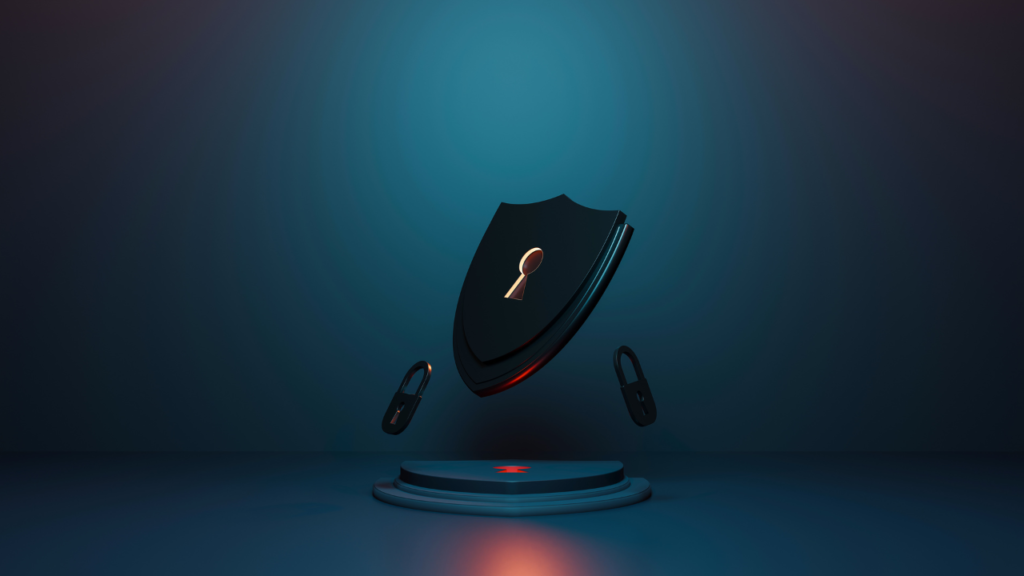In an age dominated by technology, where mobile devices hold the essence of our personal and professional lives, safeguarding personal data is not just essential—it’s paramount. With a rising number of cyber-attacks and personal data breaches, our handheld devices often become the first line of defense against prying eyes. Let’s dive into a comprehensive guide on bolstering the security of your personal data on mobile devices.

Building Your Mobile Device Fortress
1. The First Line of Defense – Secure Lock Screen: This might seem basic, but it’s astonishing how many overlook this simple step. Using a strong password, PIN, or even better, biometric authentications like fingerprint or face recognition can act as formidable barriers.
2. Encryption – Your Data’s Cloak of Invisibility: Encrypting your device renders your data unreadable, acting as a shield against theft or unwanted snoops. This tool can usually be found and activated in your device’s settings.
3. Trusted Repair Shops – Your Device’s Doctor: In the event of damage, always opt for reliable repair shops. There’s more than just physical integrity at stake; it’s the sanctity of your data too.
4. Beware of Public Wi-Fi: Tempting as it might be, public Wi-Fi networks are often breeding grounds for hackers and cyber-thieves.
5. Logout Ritual: It’s more than just a good habit. Logging out of apps, especially interconnected ones, can protect against data breaches.
6. Trusted Sources for Apps: A golden rule for app downloads – always stick to recognized platforms like Google Play or the App Store.
7. Location Services – A Double-Edged Sword: While enabling location can help retrieve a lost device, discretion in sharing location, especially with apps, is advised.
8. The Power of Remote Wipe: Consider this your emergency exit. If your device is lost or stolen, a remote wipe can ensure your data doesn’t fall into the wrong hands.
9. Scrutinize Before Installing: Not all apps are created equal. Some come with sinister intentions of tracking or harvesting data without consent.
10. Physical Protection: Beyond digital, physical protection of your devices by keeping them locked and secure is equally vital.
FAQs
Q: How frequently should I change passwords or PINs for my mobile devices? A: As a best practice, updating passwords every 3-6 months can add an extra layer of security.
Q: Are there any reliable apps for tracking device security? A: Yes. Apps like “Find My iPhone” for iOS and “Find My Device” for Android are trustworthy tools.
Q: How can I ensure an app is safe to download? A: Always check reviews, developer details, and permissions requested by the app before downloading.
Conclusion
In the vast digital cosmos, our mobile devices act as personal sanctuaries. But just like any sanctuary, they need to be fortified. Safeguarding personal data on mobile devices is no longer an option but a necessity in today’s interconnected world. By adhering to the steps listed, one can not only shield personal data but also enjoy the digital realm with a semblance of peace and security. After all, in the age of information, data protection is true empowerment.
